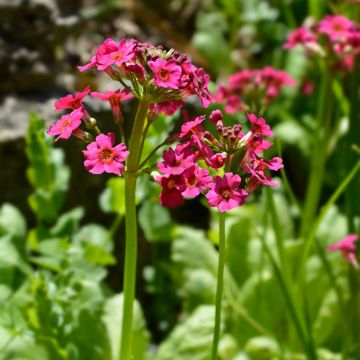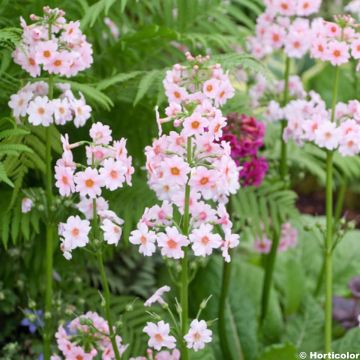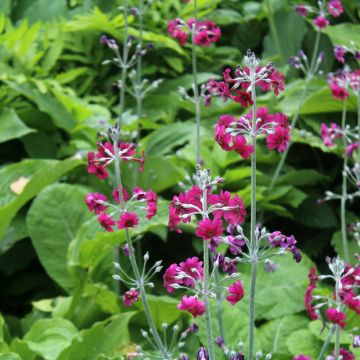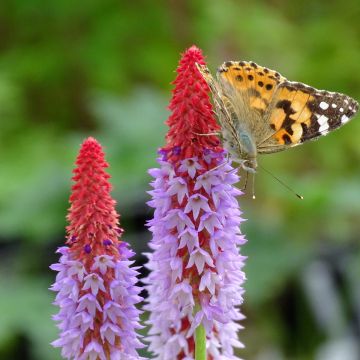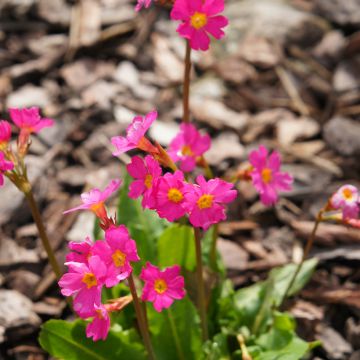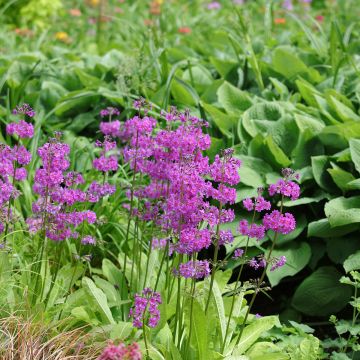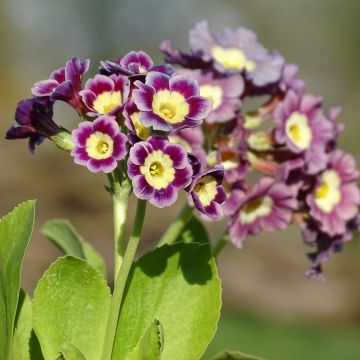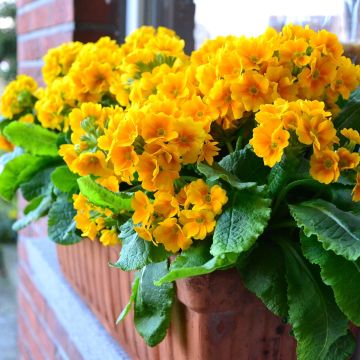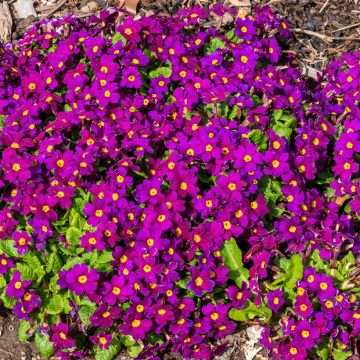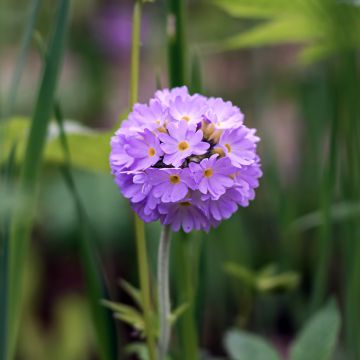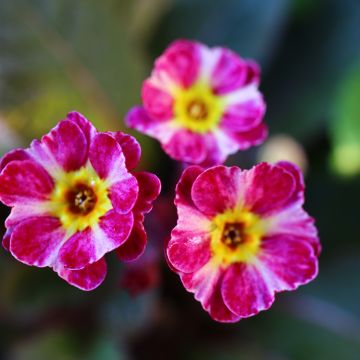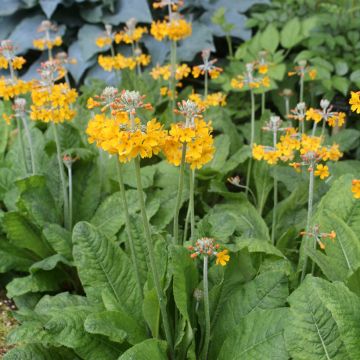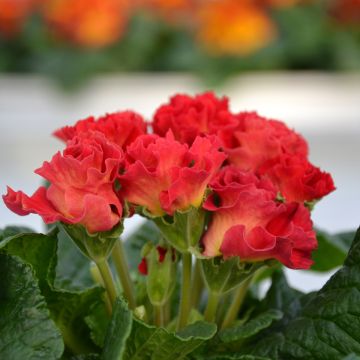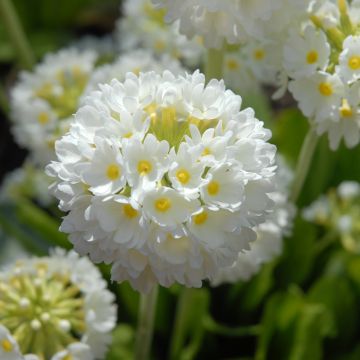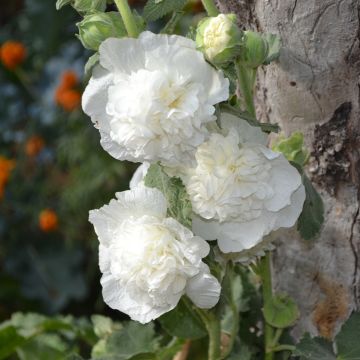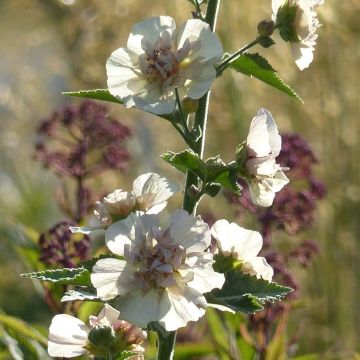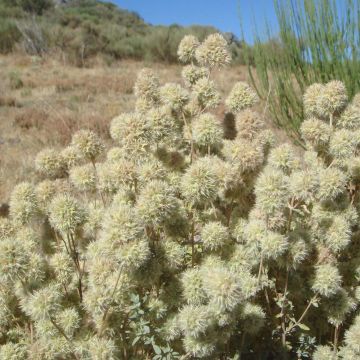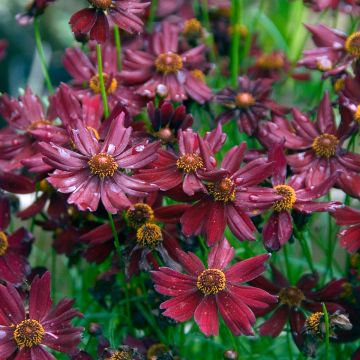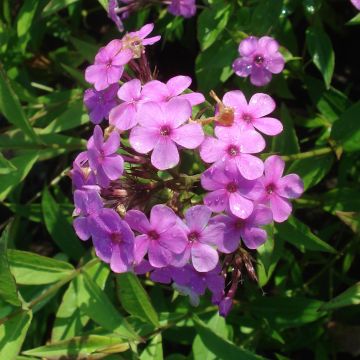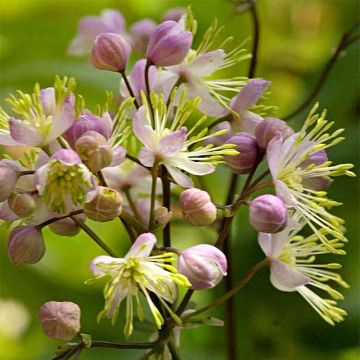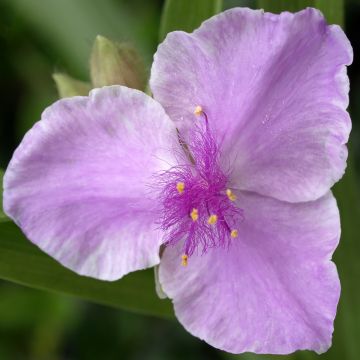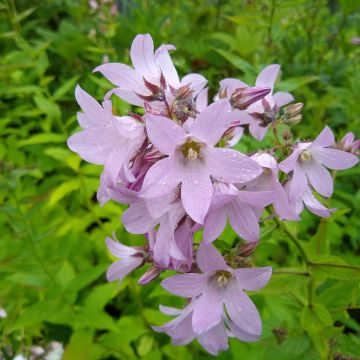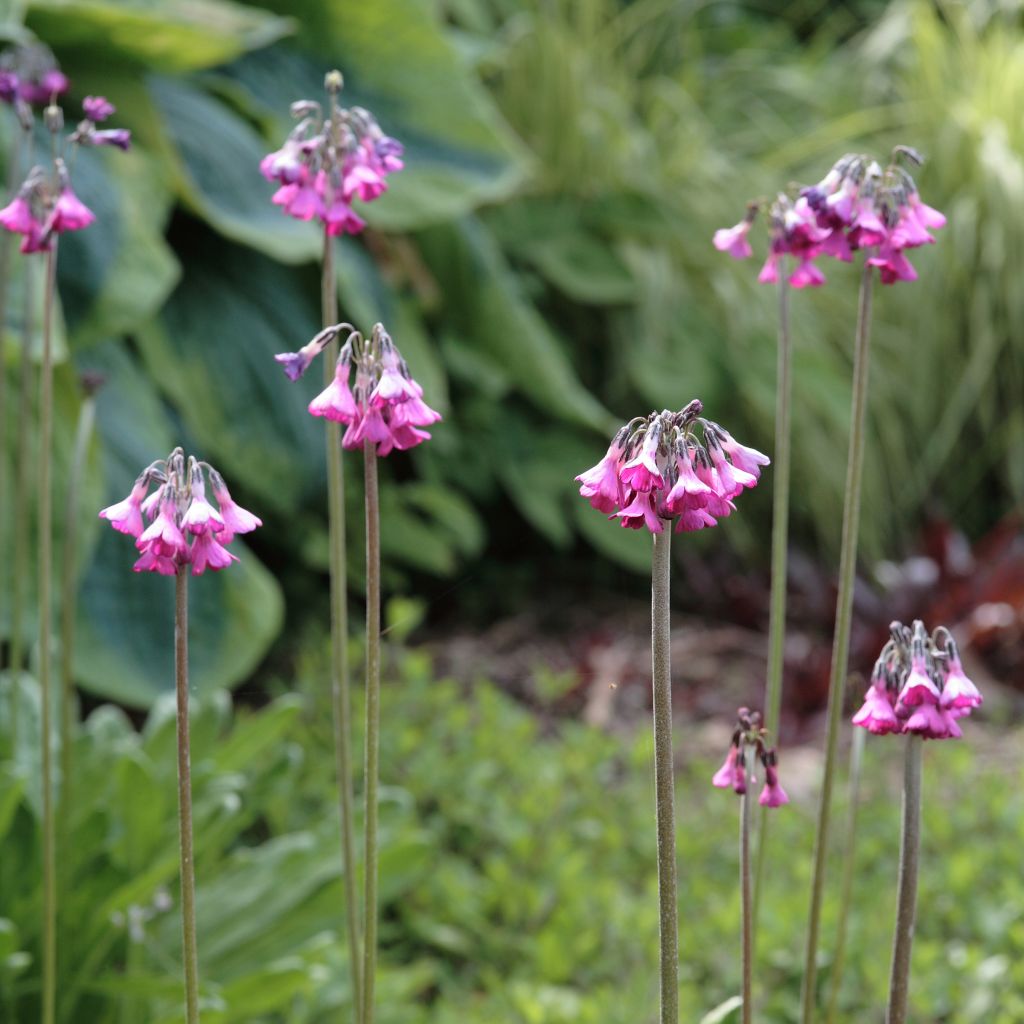

Primula secundiflora - Primrose
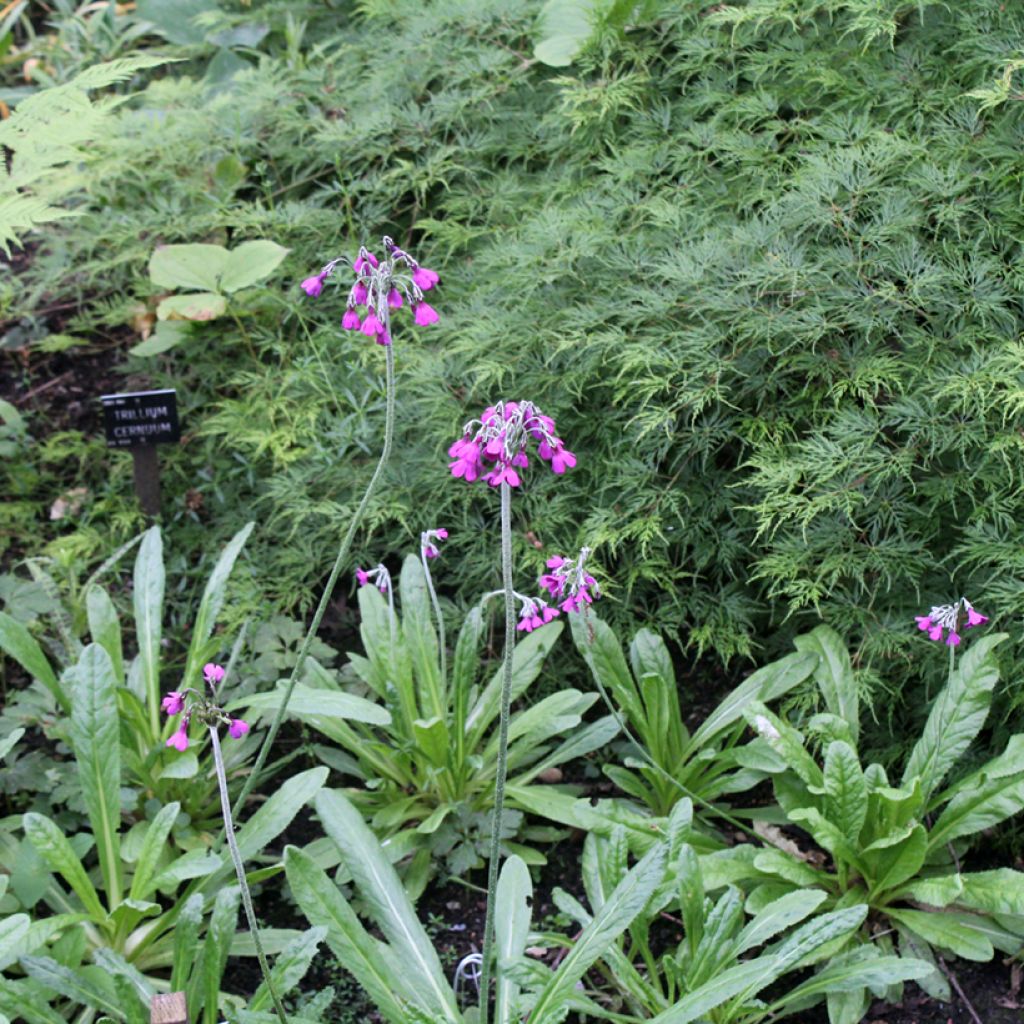

Primula secundiflora - Primrose
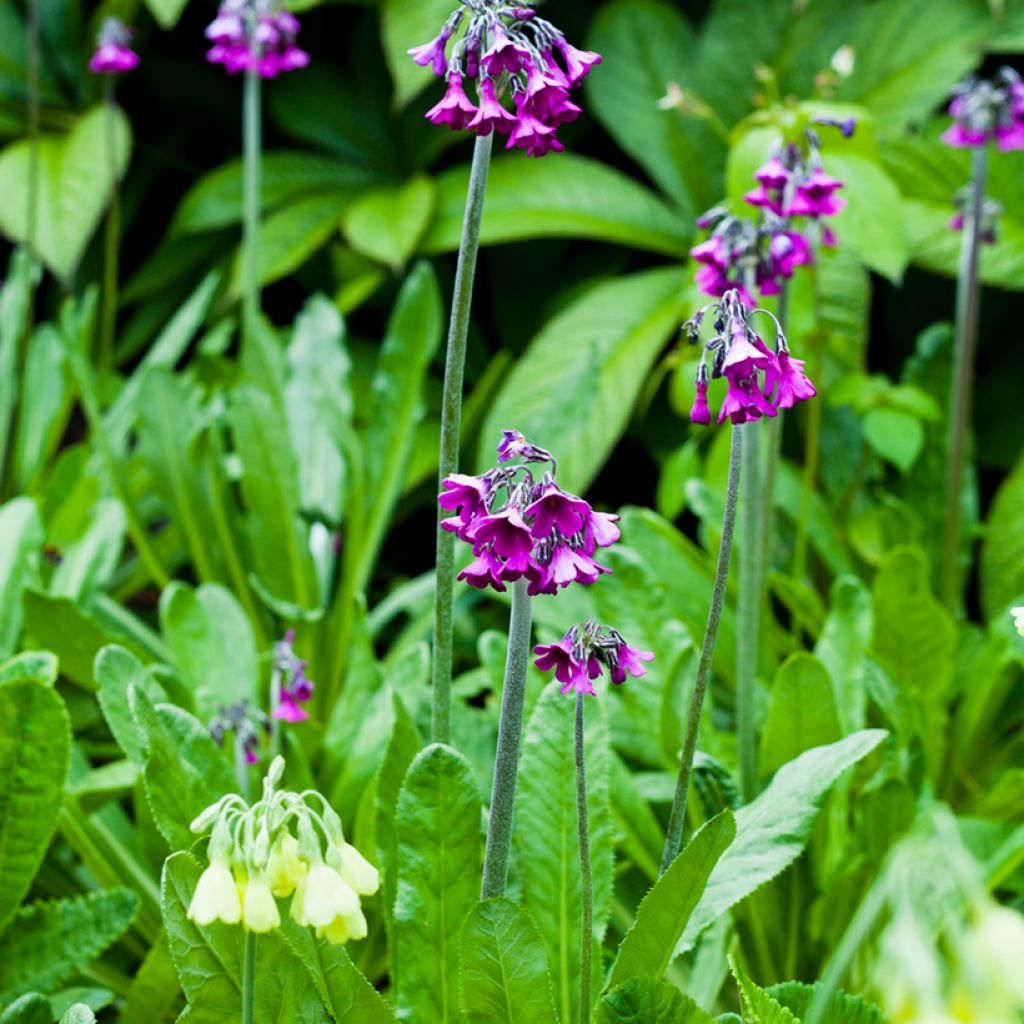

Primula secundiflora - Primrose
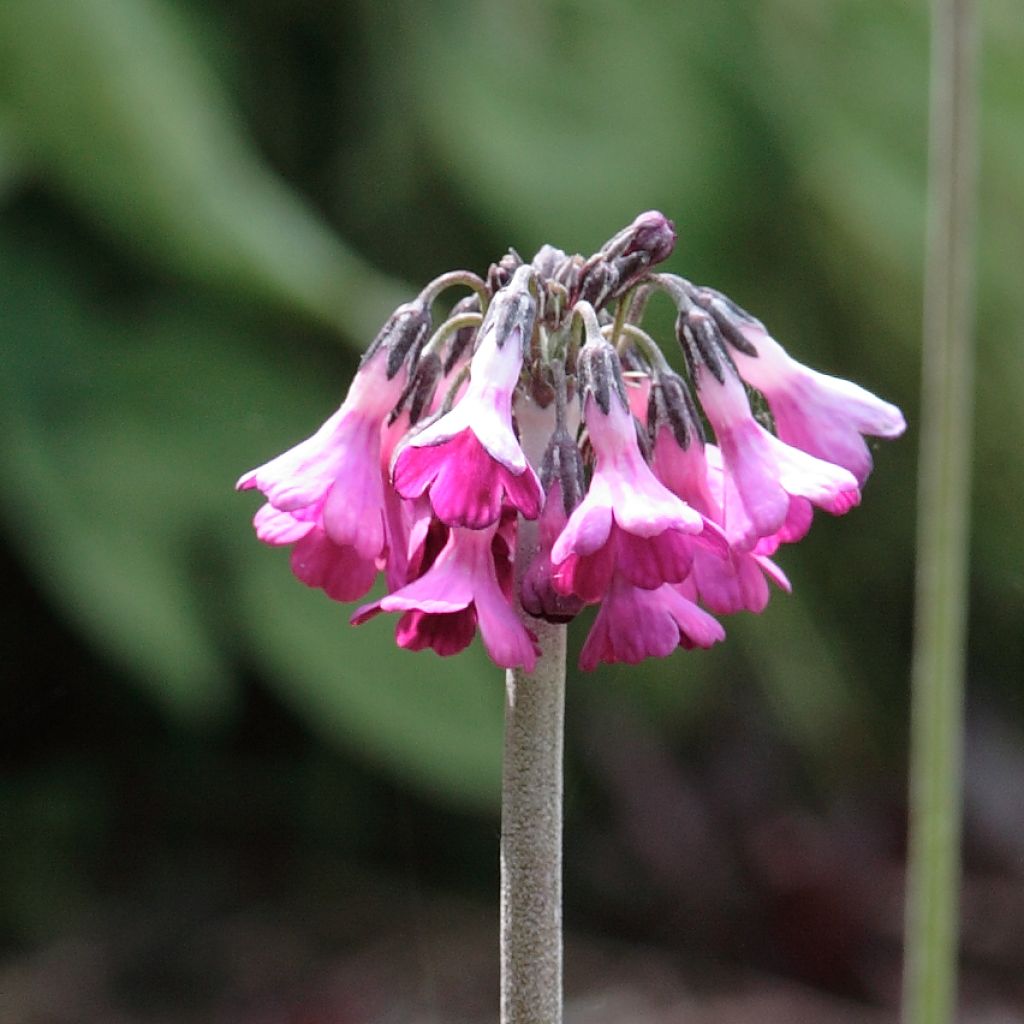

Primula secundiflora - Primrose
Primula secundiflora - Primrose
Primula secundiflora
Second-flowered Primrose
Field of plants in perfect condition.
Danielle D., 16/04/2018
Why not try an alternative variety in stock?
View all →Order in the next for dispatch today!
Dispatch by letter from €3.90.
Delivery charge from €5.90 Oversize package delivery charge from €6.90.
Current delivery delay: 1 day.
More information
This item is not available in your country.
Schedule delivery date,
and select date in basket
This plant carries a 12 months recovery warranty
More information
We guarantee the quality of our plants for a full growing cycle, and will replace at our expense any plant that fails to recover under normal climatic and planting conditions.
From €5.90 for pickup delivery and €6.90 for home delivery
Express home delivery from €8.90.

Does this plant fit my garden?
Set up your Plantfit profile →
Description
The Primula secundiflora is a superb hardy primrose, native to the highest mountains of China. Its exceptional flowering deserves a place in the wettest areas of the garden, not far from water sources. From a rosette of narrow, wavy leaves, robust upright stems emerge in late spring, well above the foliage, each bearing an umbel of bell-shaped flowers in a deep burgundy or ruby red. This spectacular botanical species thrives in full sun or partial shade, in moist and light soil.
The Primula secundiflora belongs to the primrose family, like all primroses. It grows in the wild, sometimes at altitudes of over 3600 metres (11811 feet), in the heart of the Sichuan and Yunnan mountains in China. This perennial first produces a vigorous rosette of deciduous, light green and glossy leaves, narrow and about twenty centimetres long, with toothed edges and visible veins, carried by long petioles. The flowering takes place in June-July, in the form of tall, sturdy stems of dark red colour, 90 cm (35in) above the ground, powdery at the top, adorned at their ends with a cluster composed of 5 to 20 remarkably coloured flowers. The flowers are campanulate, 1.5 to 2.5 cm (1in) wide and 3 cm (1in) long, gracefully inclined towards the ground, and sport a red hue that can be seen from afar.
This perennial is not very common in European gardens. Resembling a giant cowslip, it appreciates moist or even waterlogged, light and humus-rich soils, without limestone and low in clay. Hardy to at least -20°C (-4°F), it will appreciate a location near a stream or pond rather than a sunny spot, although it tolerates partial shade very well. With no maintenance required, it thrives on its own by spreading randomly. In wet flower beds, it brings height and lightness to the broad foliage of rodgersias, deer ferns, or hostas. It also pairs well with Alchemilla mollis, Artemisia lactiflora, filipendulas, lysimachias, and astilbes.
Report an error about the product description
Primula secundiflora - Primrose in pictures
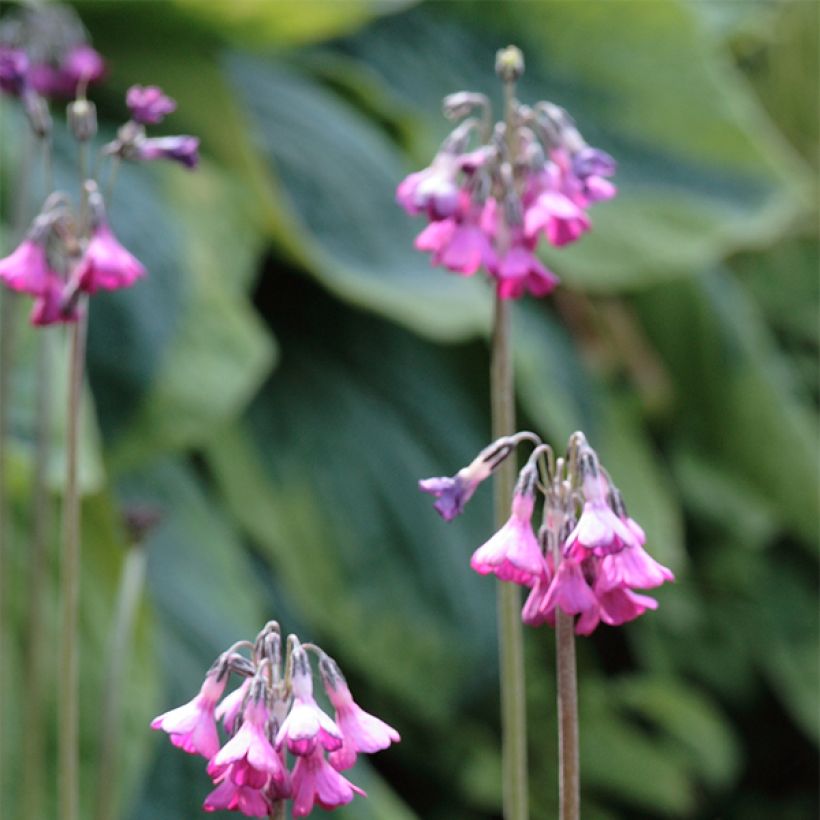

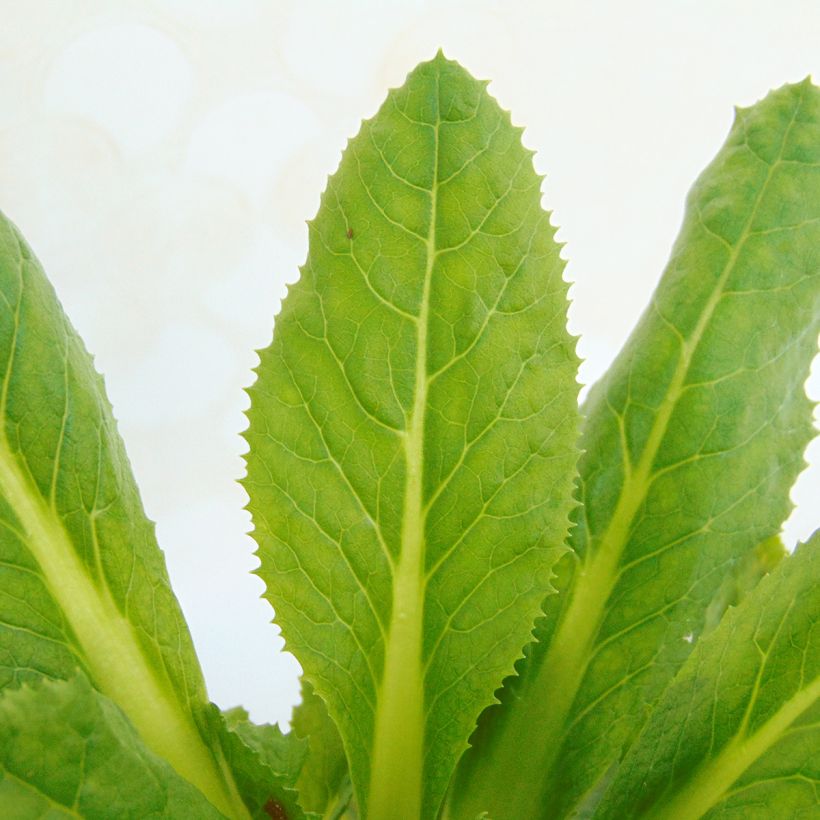



Flowering
Foliage
Plant habit
Botanical data
Primula
secundiflora
Primulaceae
Second-flowered Primrose
China
Other Primula - Primroses
Planting and care
The Primula secundiflora generally prefers a very humid location, but a humus-rich to peaty soil that retains moisture yields very good results. It thrives in full sun, partial shade, or light shade. Do not plant it too deeply as it is susceptible to "heart rot," a fungal disease. Keep in mind that it does not tolerate competition from other plants well. One last piece of advice: the growth of this primrose starts very late in spring; avoid scratching the soil where it is planted, as you may break the dormant buds located just below the surface of the soil. Divide large clumps in autumn. Refresh the stumps every 3 years for a beautiful flowering.
Planting period
Intended location
Care
-
, onOrder confirmed
Reply from on Promesse de fleurs
Summer flowering perennials
Haven't found what you were looking for?
Hardiness is the lowest winter temperature a plant can endure without suffering serious damage or even dying. However, hardiness is affected by location (a sheltered area, such as a patio), protection (winter cover) and soil type (hardiness is improved by well-drained soil).

Photo Sharing Terms & Conditions
In order to encourage gardeners to interact and share their experiences, Promesse de fleurs offers various media enabling content to be uploaded onto its Site - in particular via the ‘Photo sharing’ module.
The User agrees to refrain from:
- Posting any content that is illegal, prejudicial, insulting, racist, inciteful to hatred, revisionist, contrary to public decency, that infringes on privacy or on the privacy rights of third parties, in particular the publicity rights of persons and goods, intellectual property rights, or the right to privacy.
- Submitting content on behalf of a third party;
- Impersonate the identity of a third party and/or publish any personal information about a third party;
In general, the User undertakes to refrain from any unethical behaviour.
All Content (in particular text, comments, files, images, photos, videos, creative works, etc.), which may be subject to property or intellectual property rights, image or other private rights, shall remain the property of the User, subject to the limited rights granted by the terms of the licence granted by Promesse de fleurs as stated below. Users are at liberty to publish or not to publish such Content on the Site, notably via the ‘Photo Sharing’ facility, and accept that this Content shall be made public and freely accessible, notably on the Internet.
Users further acknowledge, undertake to have ,and guarantee that they hold all necessary rights and permissions to publish such material on the Site, in particular with regard to the legislation in force pertaining to any privacy, property, intellectual property, image, or contractual rights, or rights of any other nature. By publishing such Content on the Site, Users acknowledge accepting full liability as publishers of the Content within the meaning of the law, and grant Promesse de fleurs, free of charge, an inclusive, worldwide licence for the said Content for the entire duration of its publication, including all reproduction, representation, up/downloading, displaying, performing, transmission, and storage rights.
Users also grant permission for their name to be linked to the Content and accept that this link may not always be made available.
By engaging in posting material, Users consent to their Content becoming automatically accessible on the Internet, in particular on other sites and/or blogs and/or web pages of the Promesse de fleurs site, including in particular social pages and the Promesse de fleurs catalogue.
Users may secure the removal of entrusted content free of charge by issuing a simple request via our contact form.
The flowering period indicated on our website applies to countries and regions located in USDA zone 8 (France, the United Kingdom, Ireland, the Netherlands, etc.)
It will vary according to where you live:
- In zones 9 to 10 (Italy, Spain, Greece, etc.), flowering will occur about 2 to 4 weeks earlier.
- In zones 6 to 7 (Germany, Poland, Slovenia, and lower mountainous regions), flowering will be delayed by 2 to 3 weeks.
- In zone 5 (Central Europe, Scandinavia), blooming will be delayed by 3 to 5 weeks.
In temperate climates, pruning of spring-flowering shrubs (forsythia, spireas, etc.) should be done just after flowering.
Pruning of summer-flowering shrubs (Indian Lilac, Perovskia, etc.) can be done in winter or spring.
In cold regions as well as with frost-sensitive plants, avoid pruning too early when severe frosts may still occur.
The planting period indicated on our website applies to countries and regions located in USDA zone 8 (France, United Kingdom, Ireland, Netherlands).
It will vary according to where you live:
- In Mediterranean zones (Marseille, Madrid, Milan, etc.), autumn and winter are the best planting periods.
- In continental zones (Strasbourg, Munich, Vienna, etc.), delay planting by 2 to 3 weeks in spring and bring it forward by 2 to 4 weeks in autumn.
- In mountainous regions (the Alps, Pyrenees, Carpathians, etc.), it is best to plant in late spring (May-June) or late summer (August-September).
The harvesting period indicated on our website applies to countries and regions in USDA zone 8 (France, England, Ireland, the Netherlands).
In colder areas (Scandinavia, Poland, Austria...) fruit and vegetable harvests are likely to be delayed by 3-4 weeks.
In warmer areas (Italy, Spain, Greece, etc.), harvesting will probably take place earlier, depending on weather conditions.
The sowing periods indicated on our website apply to countries and regions within USDA Zone 8 (France, UK, Ireland, Netherlands).
In colder areas (Scandinavia, Poland, Austria...), delay any outdoor sowing by 3-4 weeks, or sow under glass.
In warmer climes (Italy, Spain, Greece, etc.), bring outdoor sowing forward by a few weeks.


































